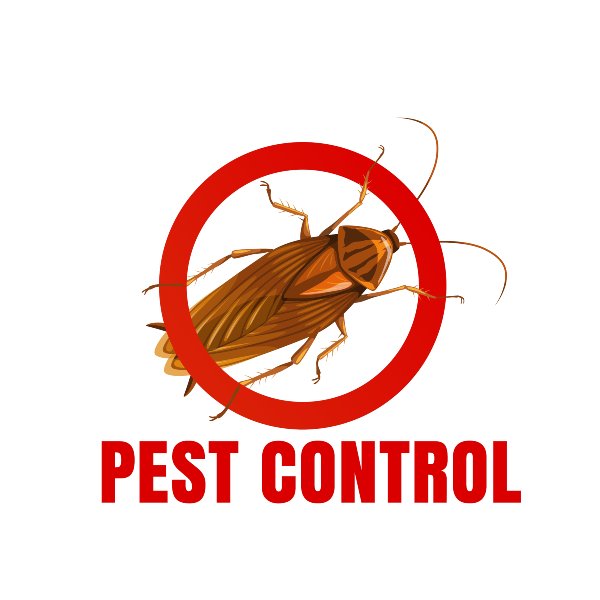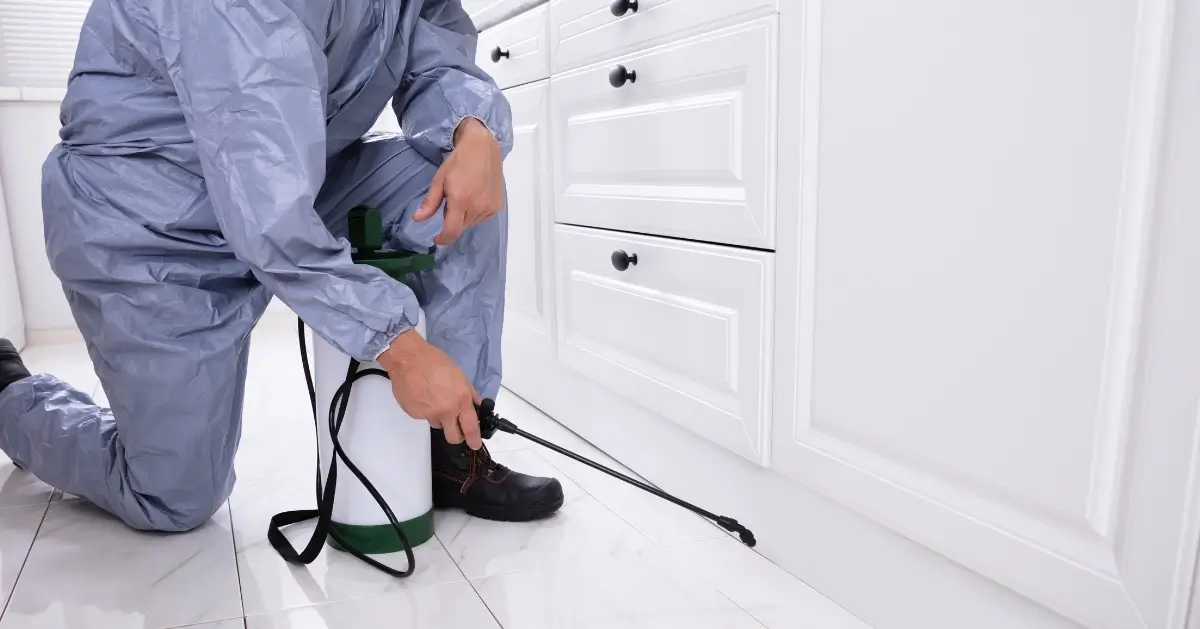Chicago Pest Control for Restaurants: Ensuring a Safe and Clean Dining Experience
Chicago Pest Control for Restaurants: Ensuring a Safe and Clean Dining Experience
Blog Article
Discovering Various Techniques and Techniques for Comprehensive Insect Control in Residential Spaces
The landscape of pest control in domestic areas has evolved considerably, requiring a complete understanding of different methods that can be used for reliable administration. Conventional chemical treatments, while reliable, are progressively being enhanced by environmentally friendly choices and Integrated Parasite Administration (IPM) techniques. House owners need to consider preventative steps, such as regular tracking and accurate parasite recognition, to maintain a healthy environment. Nevertheless, the actual obstacle hinges on striking a balance in between efficiency and safety and security-- an exploration that discloses the nuances of each method and its ramifications for lasting living.
Understanding Insect Control Basics
Effective insect control is necessary for maintaining a safe and healthy living atmosphere. Understanding the basics of pest control involves recognizing the kinds of parasites that generally get into property spaces, the potential dangers they position, and the importance of preventive measures. Usual home bugs include rodents, bugs, and other undesirable animals that can jeopardize health, damage property, and activate health and wellness concerns.
A critical primary step in pest control is determining the certain parasites present. This can entail checking areas such as attic rooms, cellars, and kitchens, where insects are likely to prosper. When identified, it is crucial to comprehend their habits, breeding cycles, and favored settings, which can inform ideal control strategies.
Precautionary procedures are essential to reliable insect monitoring. These include securing entry points, maintaining tidiness, and lowering mess to remove hiding places. Additionally, correct food storage space and waste administration can substantially reduce the attraction of a home for parasites.

Typical Chemical Therapies
Among the numerous pest control strategies, conventional chemical therapies have long been employed to address problems in household rooms. These treatments commonly entail the application of chemical pesticides developed to eliminate pests such as pests, rats, and other unwanted microorganisms. The effectiveness of these chemicals can vary, depending upon the sort of pest, the formula of the pesticide, and the method of application.
Typical courses of typical chemical treatments consist of insecticides, rodenticides, herbicides, and fungicides, each tailored to battle certain bugs. Pesticides, for instance, may target termites, ants, or cockroaches, while rodenticides are specifically developed to regulate rodent populations. These chemicals are typically readily available in different forms, consisting of granules, sprays, and lures, enabling homeowners flexibility in application.
Despite their performance, typical chemical therapies increase problems regarding possible toxicity to people, pets, and helpful organisms in the environment. It is important for homeowners to very carefully adhere to application standards and safety precautions to decrease dangers. Integrated Insect Administration (IPM) approaches can match these treatments, ensuring a more holistic technique to pest control while making best use of efficacy and safety and security in domestic settings.
Eco-Friendly Bug Control Options
Eco-friendly parasite control helpful resources choices are acquiring popularity as house owners look for more secure and much more lasting options to typical chemical therapies. These approaches prioritize the health of both residents and the atmosphere, lessening the influence of parasite control techniques.
One commonly adopted environment-friendly approach is making use of all-natural repellents stemmed from essential oils, such as peppermint and citronella. These oils not just hinder pests but additionally give pleasant scents for interior areas. Furthermore, diatomaceous planet, a powder made from fossilized algae, serves as an all-natural pesticide by damaging the exoskeletons of bugs upon contact, causing dehydration.
Another reliable technique includes promoting biodiversity in lawns and yards. Introducing advantageous pests, such as lacewings and ladybugs, can naturally manage pest populations (pest control chicago llc). In addition, utilizing traps made from biodegradable products can help record and eliminate parasites without creating damage to the community
Routine maintenance, such as securing access points and proper cleanliness, more enhances the performance of environmentally friendly bug control. Homeowners can take aggressive actions to stop problems, guaranteeing an extra sustainable living atmosphere while efficiently managing pest-related concerns.
Integrated Pest Administration Approaches
Executing integrated pest management (IPM) strategies supplies a comprehensive method to pest control that emphasizes prevention and lasting services. IPM integrates numerous techniques, concentrating on comprehending bug habits, life process, and environmental dynamics to lessen bug populations effectively. This multifaceted method focuses on non-chemical techniques, such as biological control, habitat control, and social practices, to minimize dependence on chemicals.
A foundational element of IPM is checking and recognizing pests accurately. When treatment is needed, this involves normal examinations and the establishment of activity thresholds to figure out. By comprehending the details pests impacting residential environments, targeted interventions can be utilized, lowering the possibility of unnecessary chemical applications.
By promoting a setting that discourages pest problems-- such as sealing access factors and managing moisture-- locals can dramatically minimize the threat of insect issues. Via these approaches, IPM not just addresses present parasite problems however also cultivates lasting methods that advertise lasting bug administration success.
Preventative Measures for Homes
To ward off potential pest infestations, property owners should view it now adopt an aggressive technique that stresses preventative steps. This starts with maintaining a organized and tidy space, as mess and food particles bring in parasites. Chicago wasp nest removal. Regularly vacuuming, sweeping, and cleaning down surface areas can considerably lower the threat of problems
Furthermore, securing entrance points is critical. Property owners should examine home windows, doors, and structure fractures for spaces that could permit bugs accessibility to the home. Using caulk and weather condition removing can successfully block these entryways.
Correct food storage space is another important measure. Saving food in airtight containers and quickly cleansing up crumbs or spills assists discourage rats and bugs.
In addition, taking care of outdoor settings can stop parasites from elbowing in on property areas. Home owners must make sure that drainage systems are operating well, and landscaping is maintained tidy. Trimming trees and bushes away from the house and getting rid of standing water can additionally decrease pest environments.

Verdict
In verdict, efficient insect control in domestic areas requires a diverse method that integrates typical chemical treatments with green methods and Integrated Insect Administration approaches. By focusing on preventative actions, such as preserving tidiness and securing entrance points, property owners can significantly lower parasite incidents.
Comprehending the essentials of parasite control includes acknowledging the types of parasites that commonly invade residential rooms, the possible threats they position, and the significance of preventive measures.An essential initial step in insect control is recognizing the particular parasites existing. Integrated Bug Monitoring (IPM) methods can complement these therapies, making certain an extra alternative method to pest control while making the most of efficacy and safety in residential settings.
Executing incorporated pest administration (IPM) approaches uses a comprehensive method to pest control that highlights prevention and lasting remedies.In final thought, effective parasite control in property rooms the original source demands a complex approach that incorporates conventional chemical therapies with environment-friendly methods and Integrated Parasite Management approaches.
Report this page